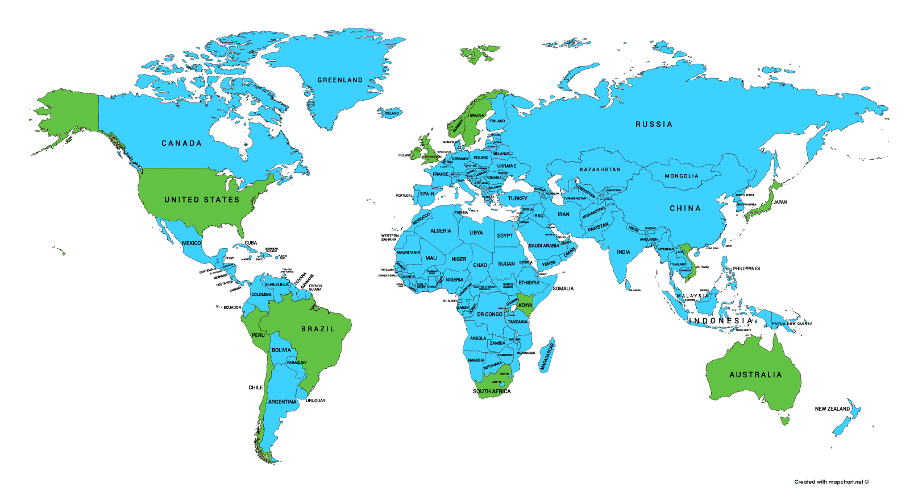
A window of opportunity at the end of the dictatorship in 1989 brought in a government promoting universal, rights-driven approaches. While several social protection schemes were introduced, Chile Crece Contigo (ChCC) went further to provide a universal, integrated and comprehensive approach to improving equality of opportunity across the life-course through early child development, drawing on growing evidence of the returns from such investment. President Bachelet set a political vision for it, gathering technical, social and cross party actors to review evidence and make proposals for ChCC. The near universal health system and existing services, supported by training and new resources, provided a means for ChCC to quickly reach communities with visible benefits, while evidence is being used and communicated to demonstrate gain and support improved practice.





